
A massive CoreSite data center is rising at 4900 Race Street in Elyria Swansea, one of Denver’s most polluted and underserved neighborhoods. It’s the first of three planned on a 15-acre site and will eventually draw up to 60 megawatts of power which is more than Denver International Airport.

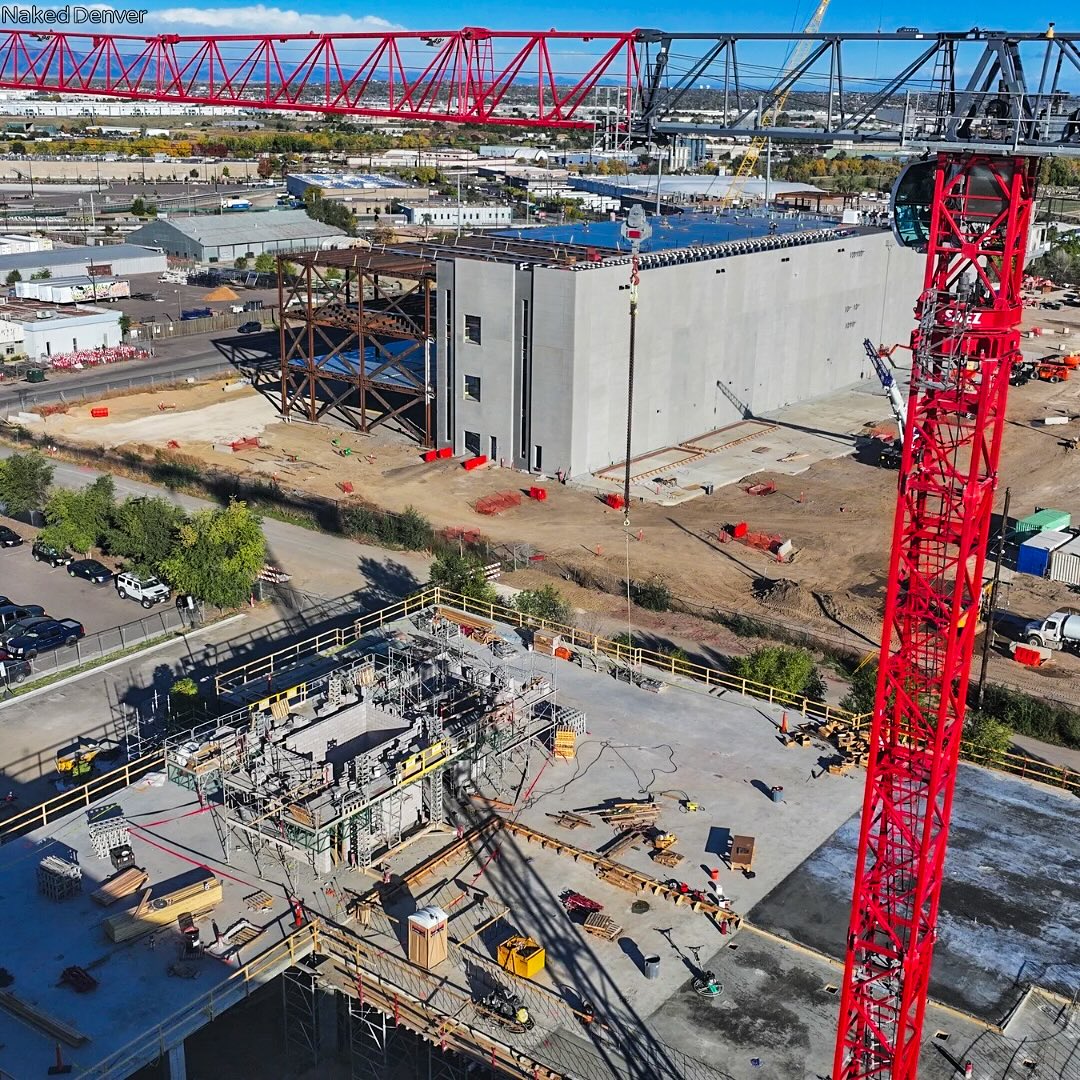
Data centers like this are booming nationwide as our lives move deeper into the cloud. Streaming, AI, and automation all need places to live and compute. Denver’s cool climate, central location, and strong infrastructure make it ideal.
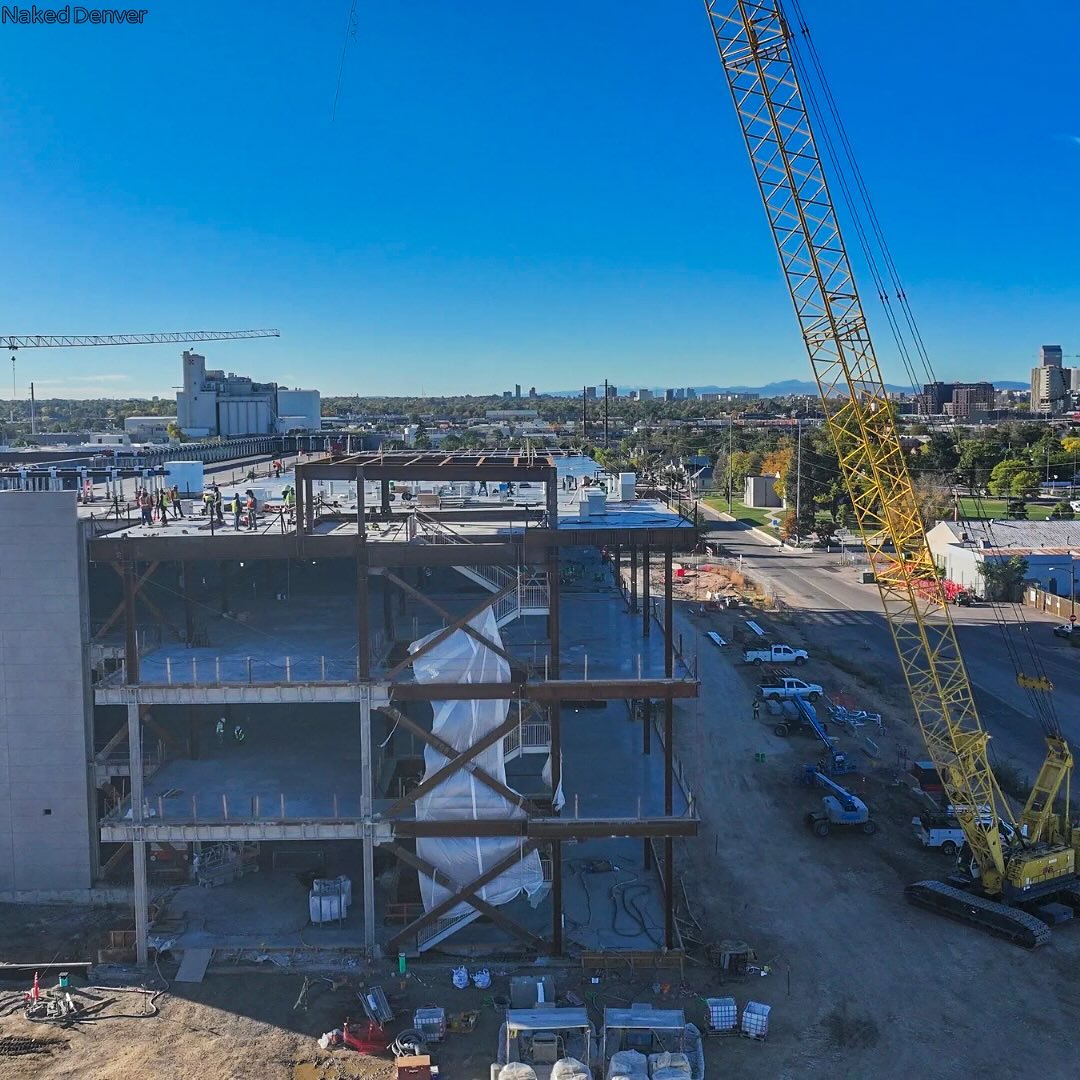

CoreSite says the project will bring jobs and tax revenue.
Residents see another industrial giant beside homes already surrounded by I-70, the Suncor refinery, and decades of pollution. Supporters highlight progress and investment. Critics warn of diesel generators, heavy water use, and higher power bills.

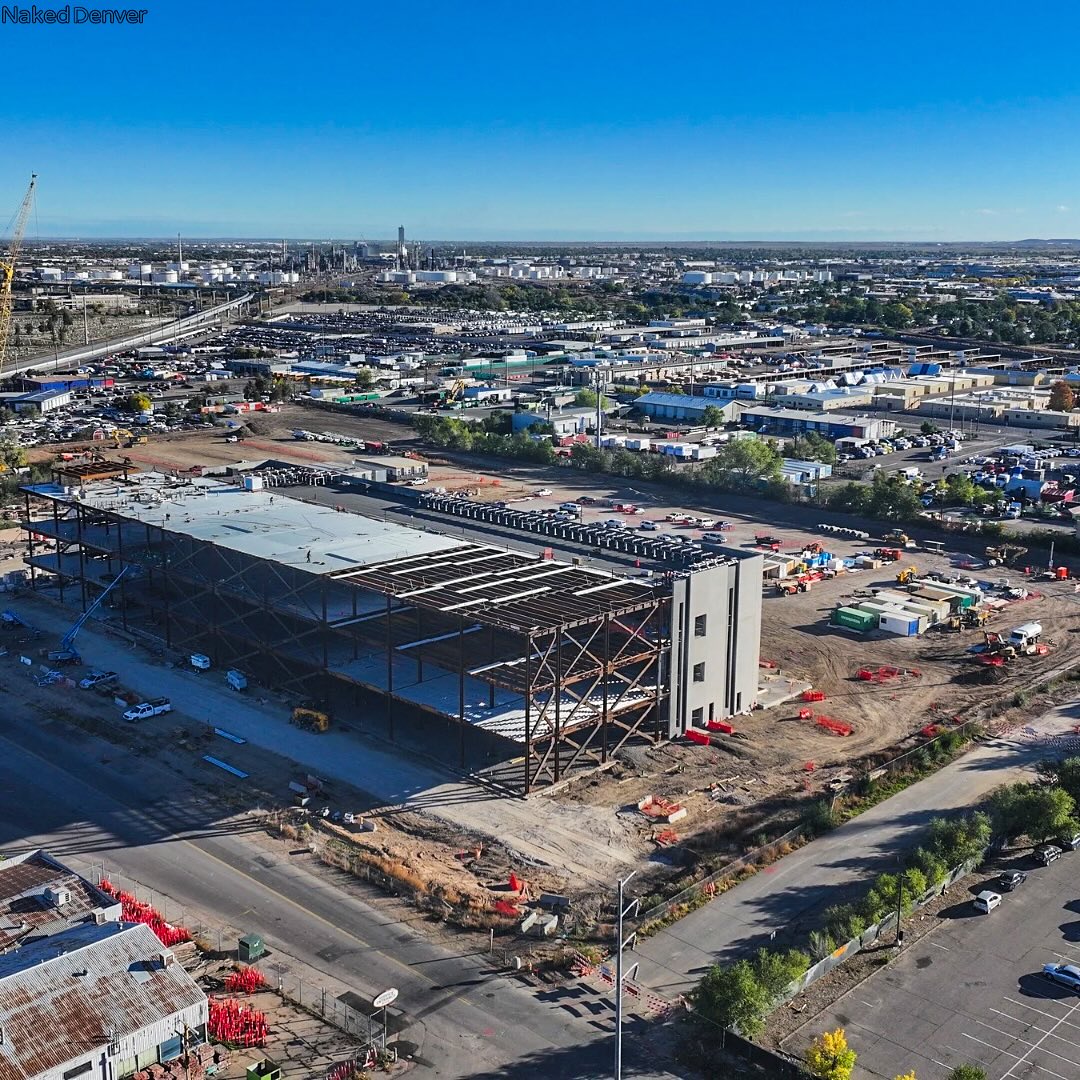
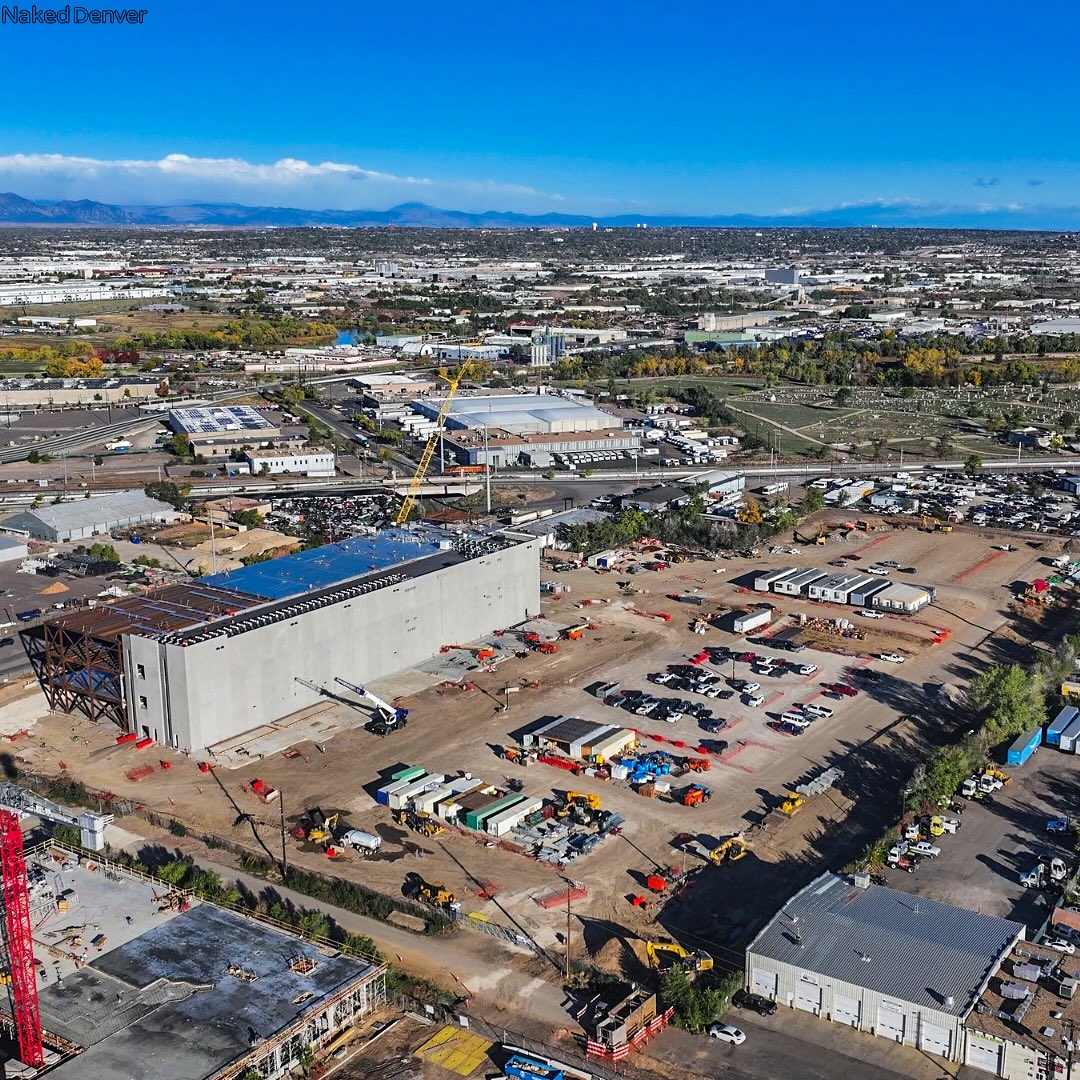
Once fully built, the new campus could require nearly a million gallons of water a day, similar usage of a small town. In a city facing drought and water restrictions, that feels hard to justify. Power demand is equally staggering.
The facility’s electrical load could match a small town, and utilities warn that rising data center demand might push residential rates higher. For families already struggling with costs, the idea that tech growth could make basic bills more expensive hits hard.
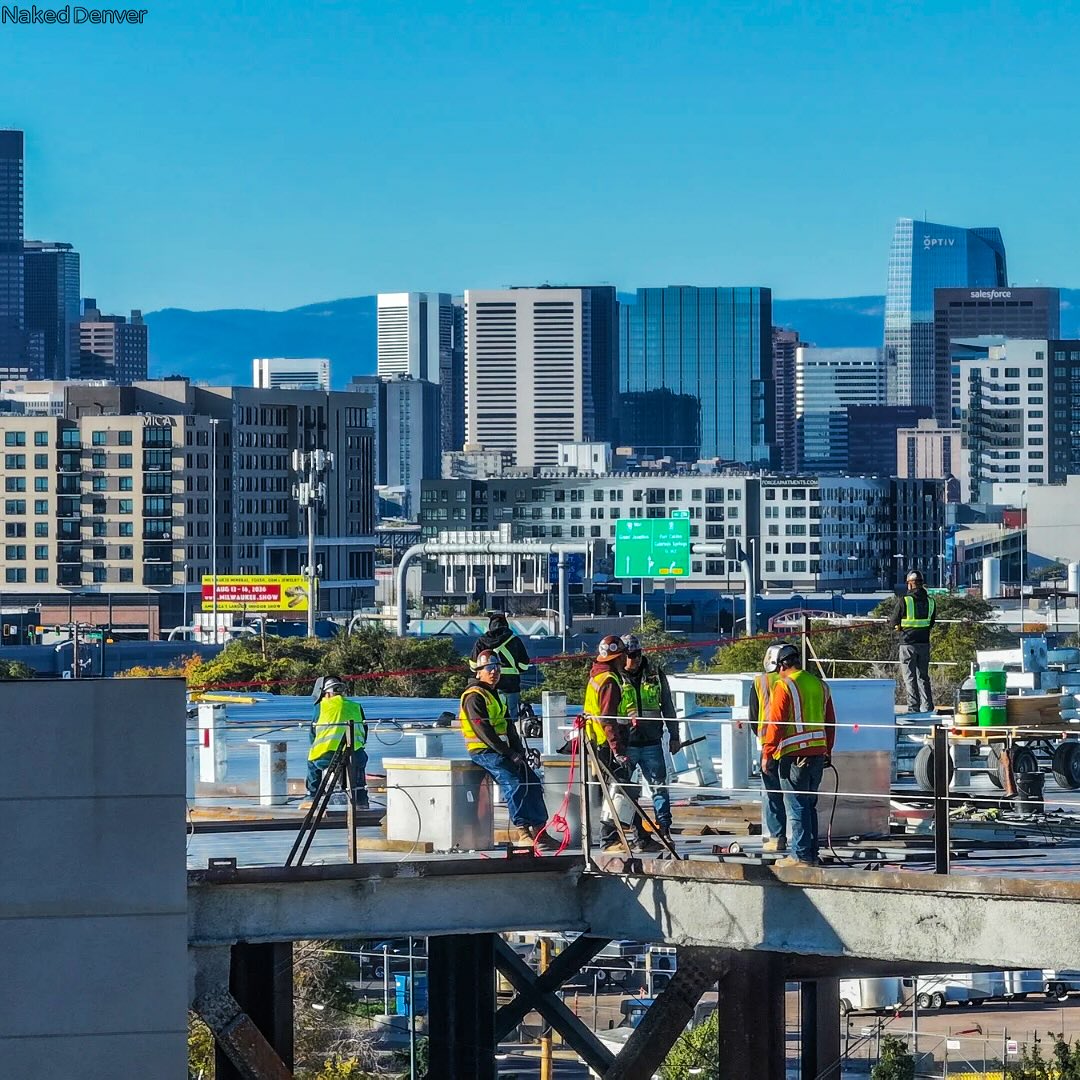
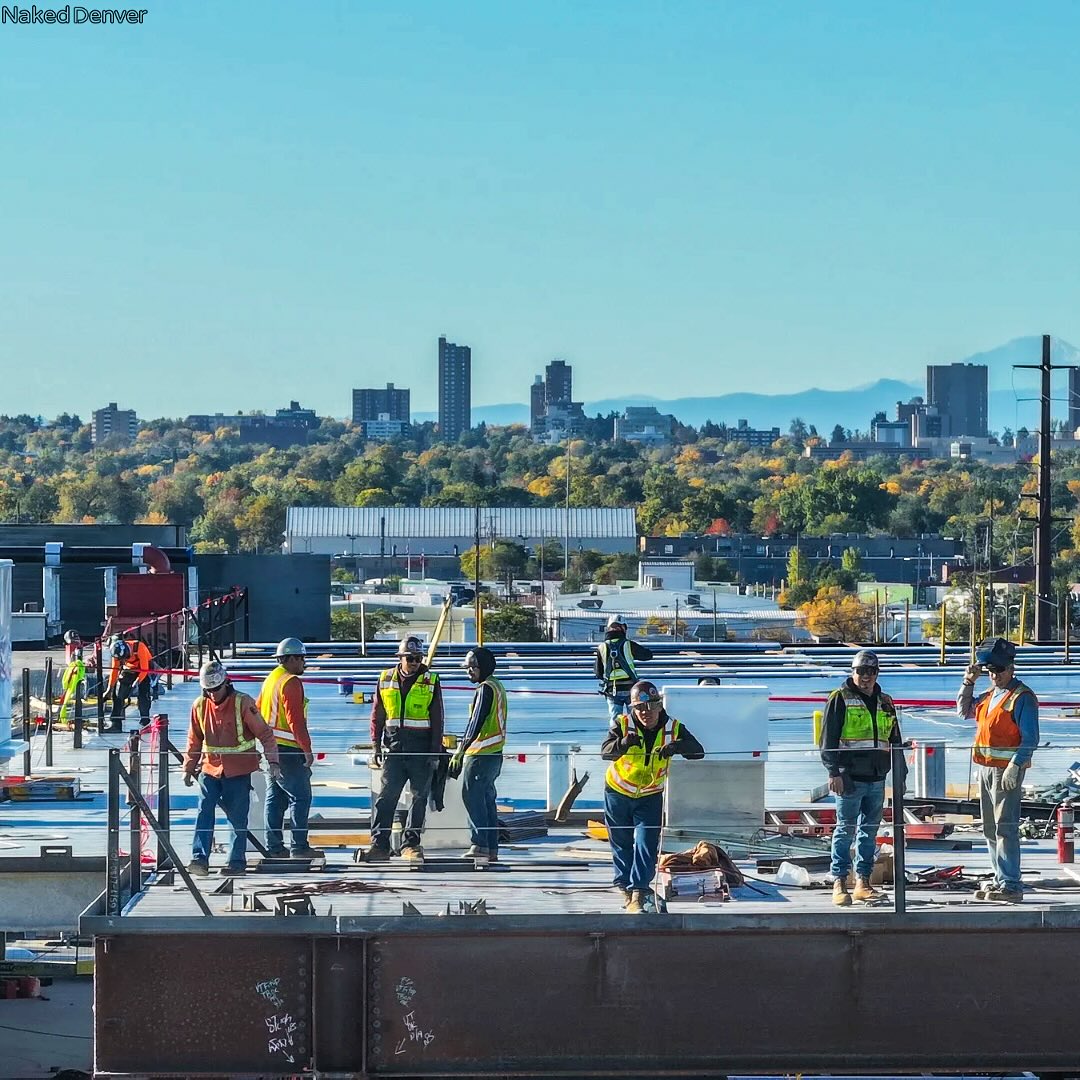
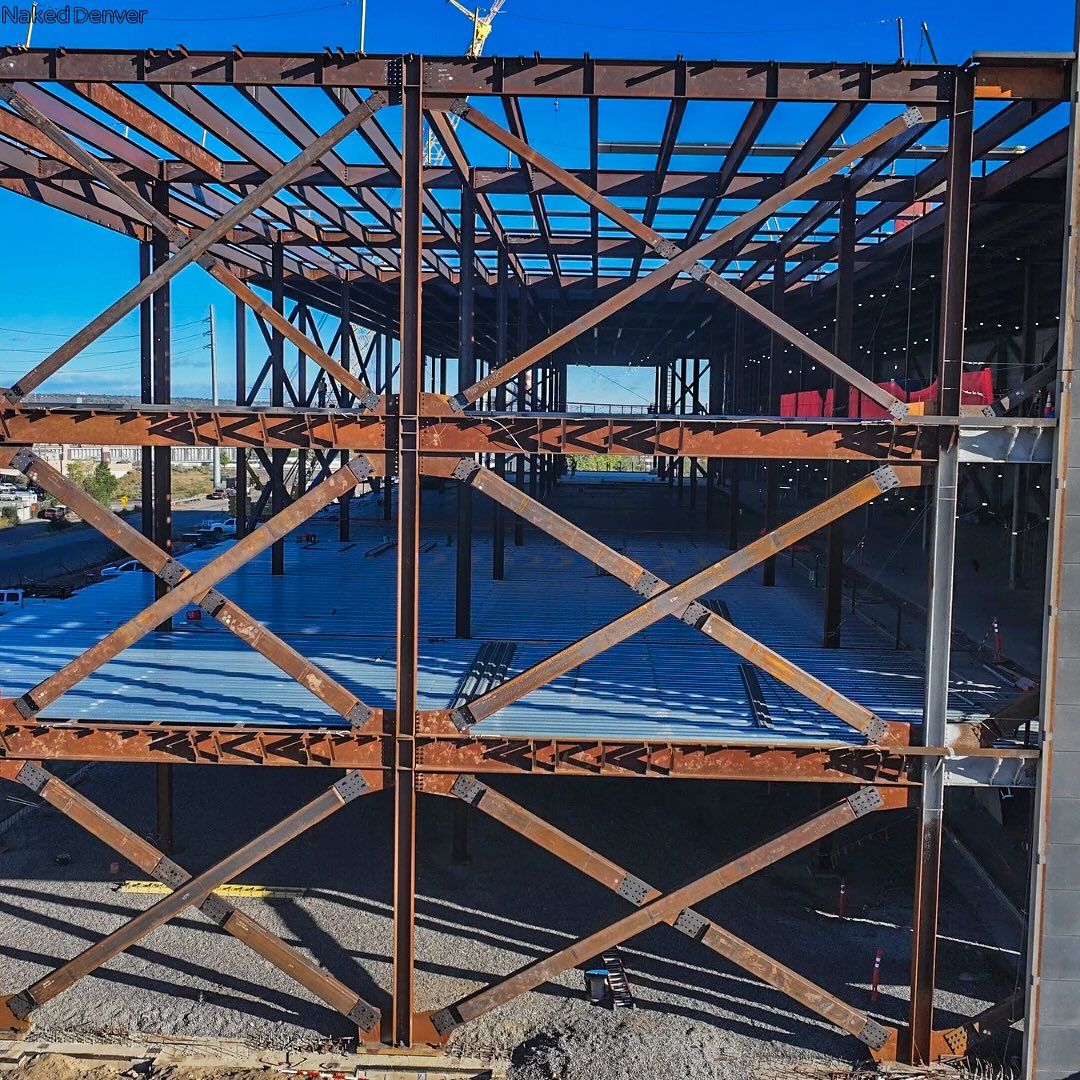
The larger question that remains is who pays the hidden costs of Denver’s digital expansion, and should companies share that burden instead of passing it to the communities that host them?
The debate stretches beyond Denver. Across the U.S., cities from Ohio to Maryland are pushing back on data centers for their noise, water use, and grid strain. Earlier this year, DIA’s CEO even floated the idea of a small nuclear reactor to power future growth, including sites like CoreSite’s.
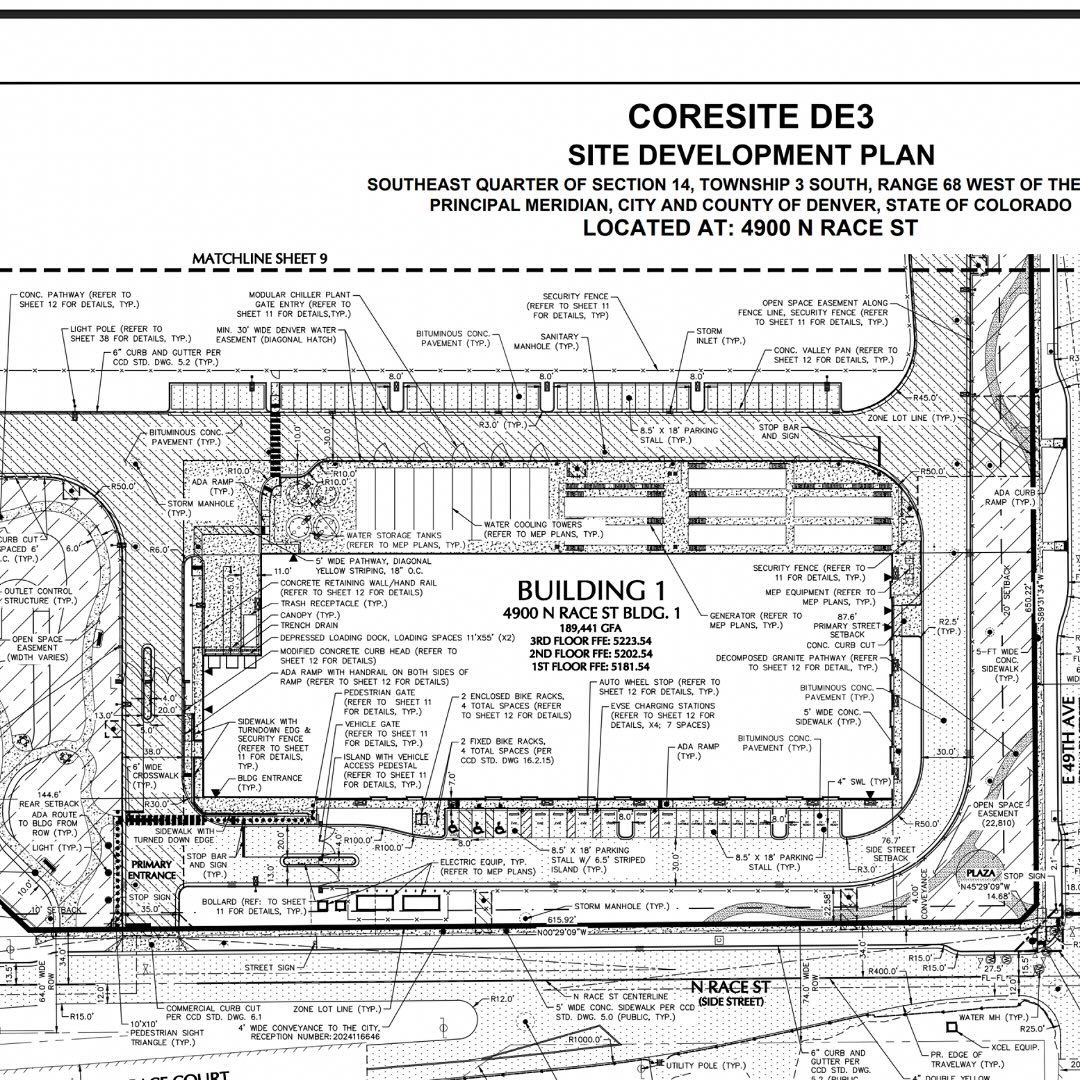

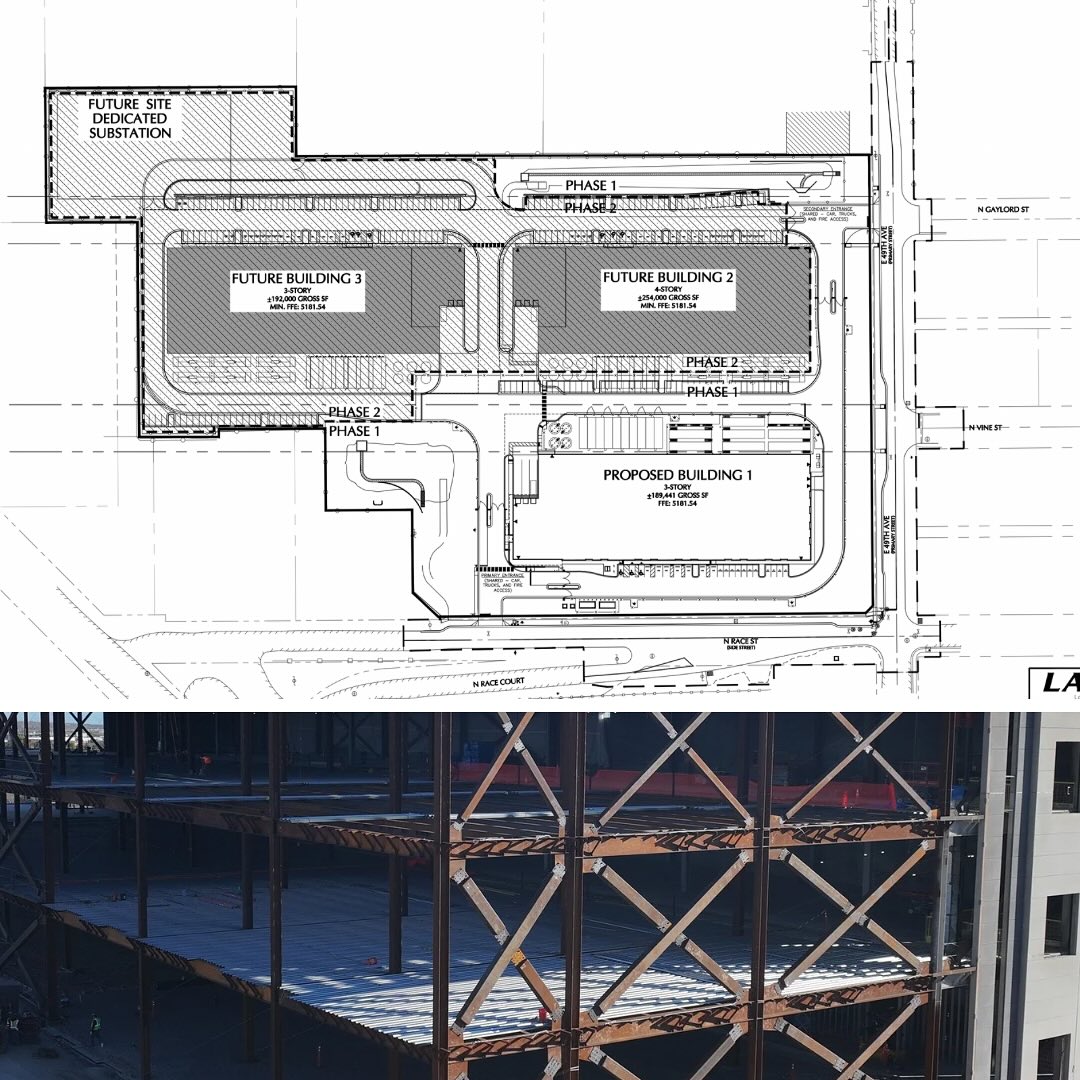
AI drives much of this demand. We use it daily to create, search, and communicate faster.
This boom exists because of us. The question is how it grows, and whether progress can exist without repeating the past.